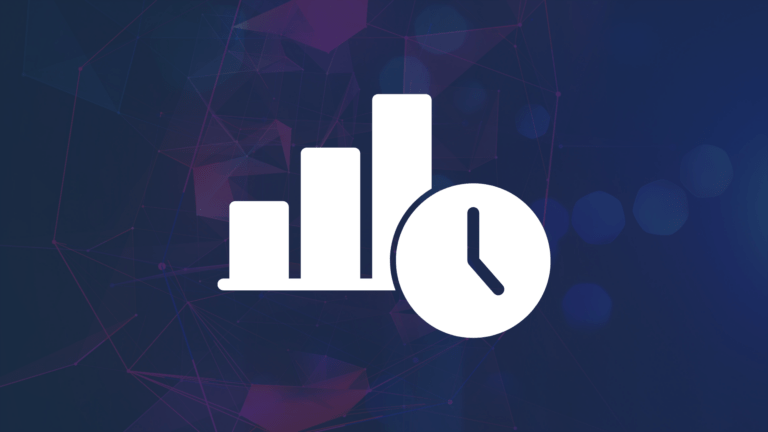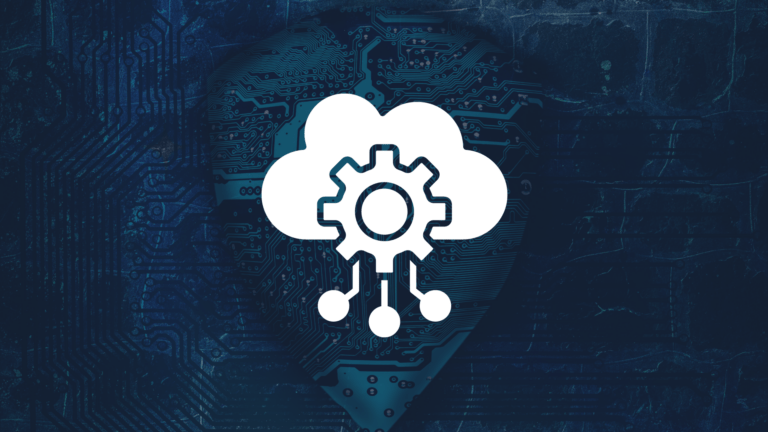Who We Are
Our Services
Digital Transformation
Featured Insights
Commodity Business Operation Lifecycle
CBOL
Advisory
Advisory Services
Business Process Optimization
Energy Risk Management
Software Selection
Program Management
Renewables
Power Purchase Agreement (PPA) Management
Data Analytics Enablement
Data Journey
DAER
Data Transformation
Analytics & Reporting
RightAngle
Other CTRM Products
Managed Services
Allegro
RightAngle
Endur
PCI
Other CTRM Products
Expertise on Demand
Testing Services
Automation Tool For Allegro (ATA)
RightAngle
Endur
Other CTRM Products
Business Process Outsourcing
CTRM Journey
CTRM Journey
CTRM Training
CTRM Implementation
CTRM Upgrades
ISO Services
PCI
A2
Life At ValueCreed
Consultant's Journey
Culture
Employee Training
Programs
Wellness
Entrepreneurship
Learn by Example
Workcation
Gaming Zone
Catalyst
Client Training
Client Training
Careers
Careers
Digital Transformation
Intelligent Automation
Cloud Services
RightAngle
Other CTRM Products
DevOps



